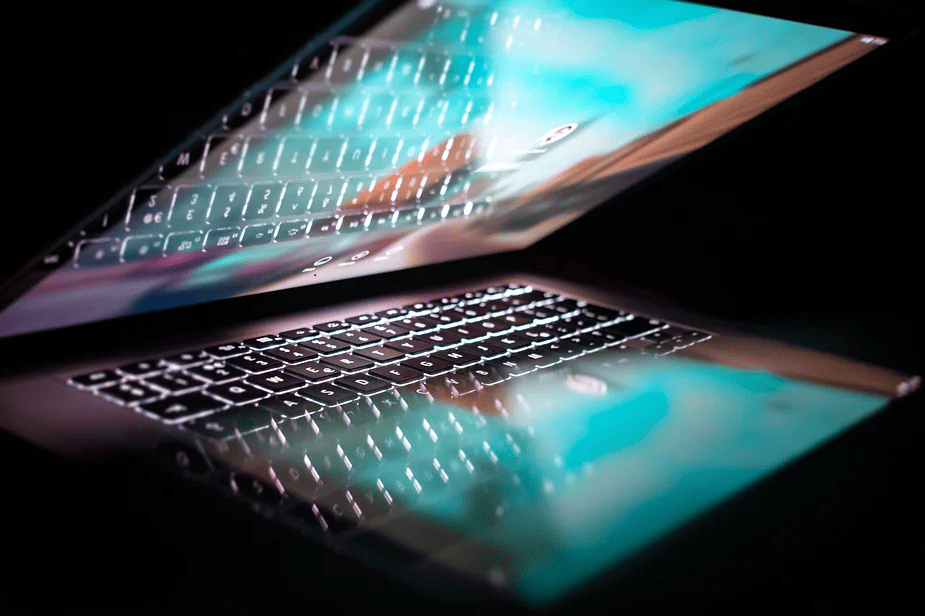Freedom of Expression and Misinformation: The Dual Faces of Technology in the Digital Age
Author: Michaela Jamelska, Technologist adn Human Rights Advocate
Article: Freedom of Expression and Misinformation: The Dual Faces of Technology in the Digital Age
Introduction
However,
The internet is a vast, everlasting space where information, even once released, continues to exist in some form. Even with laws such as the “right to be forgotten,” the practicality of completely removing harmful content is challenging. The internet’s inherent nature allows for the replication and redistribution of this content, often faster than it can be taken down. Moreover, the individuals behind this content often hide behind anonymous or fake profiles, making accountability challenging or almost impossible.
Many content creators on social media have voiced similar concerns. They often find themselves targeted if their opinions or expressions do not align with what their audience or followers expect. This can create a chilling effect, where the fear of backlash leads to self-censorship or a deviation from one’s true beliefs and values.
As a human rights advocate working in the digital era, I have personally witnessed and experienced the range of injustices that can occur online. The internet, while a powerful tool for communication and information dissemination, can also be used as a medium for perpetrating various forms of injustice. These range from the spread of misinformation to the intentional defamation of character, often carried out by individuals hiding behind the veil of anonymity.
One Example
One notable example illustrating the seriousness of this issue involved a 2014 legal victory by a Spanish citizen. This case, commonly referred to as the “Right to be Forgotten” case or “Google Spain case,” was a pivotal decision rendered by the European Court of Justice (ECJ). It originated from a complaint by a Spanish individual and established a concept known as the “right to be forgotten,” which allows individuals to request the deletion of specific personal data to prevent third parties from accessing it.
However, enforcing the right to be forgotten is not as straightforward as it may seem. In my work on several cases involving this right, I observed that entities like Google often apply their own rules and policies, not complying with the EU legislation. Despite presenting clear evidence, the necessary actions to uphold the right to be forgotten were not always taken effectively. This reveals the complexities of corporate technology policies and a lack of understanding of human rights in the digital realm.
Conclusions
The technological era, therefore, presents a double-edged sword in terms of freedom of expression. On one side, it empowers individuals, promotes transparency, and drives social change. On the other, it can be a tool for harm through the unchecked spread of misinformation and defamation. Navigating this landscape requires a balanced approach, where the benefits of free expression are harnessed, while the risks are diligently managed.
In conclusion, the struggle for upholding individual human rights in the digital realm is often overshadowed by the enormity and power of large corporations. These entities, preoccupied with broader agendas and global-scale operations, tend to overlook individual cases.
This tendency to overlook the nuances of individual cases of injustice reveals a significant challenge in the digital era. It underscores the vital importance of compelling large corporations to pay attention to individual cases. Such diligence is crucial for preserving individual human rights.
Sources: UN
The points of view expressed by the authors of videos, academic or non-academic articles, blogs, academic books or essays (“the material”) are those of their author(s); they in no way bind the members of the Global Wo.Men Hub, who, amongst themselves, do not necessarily think the same thing. By sponsoring the publication of this material, Global Wo.Men Hub considers that it contributes to useful societal debates. Material could therefore be published in response to others.

Michaela Jamelska
Technologist adn Human Rights Advocate






Commentaires récents